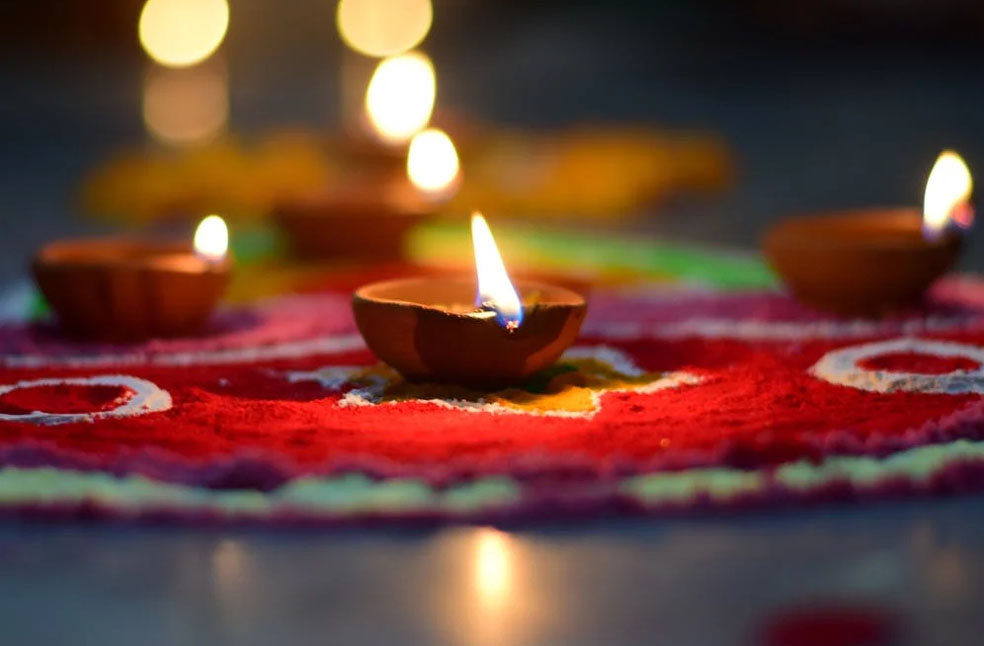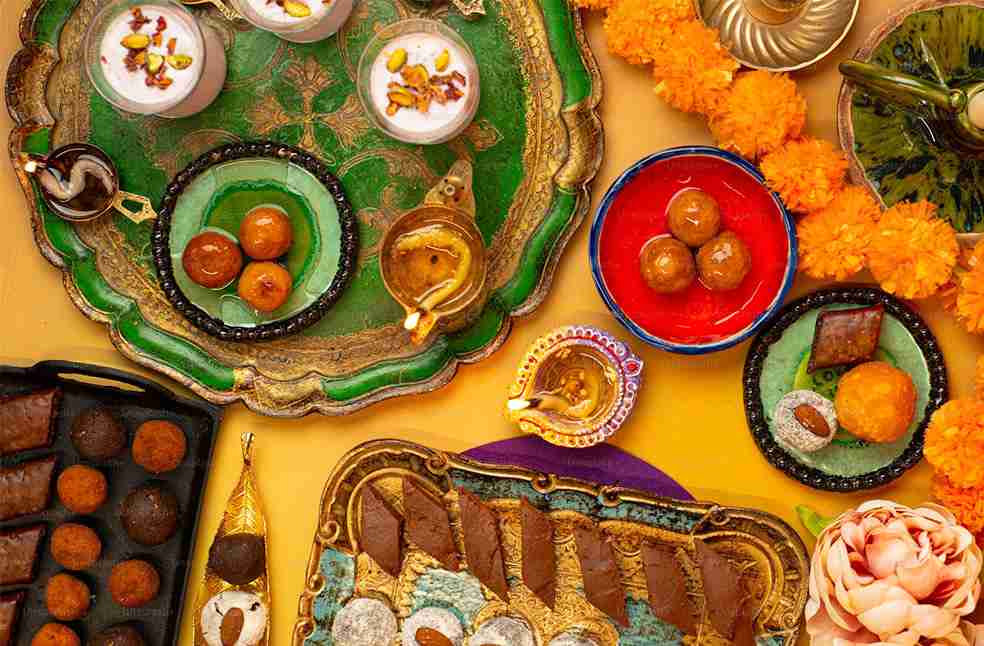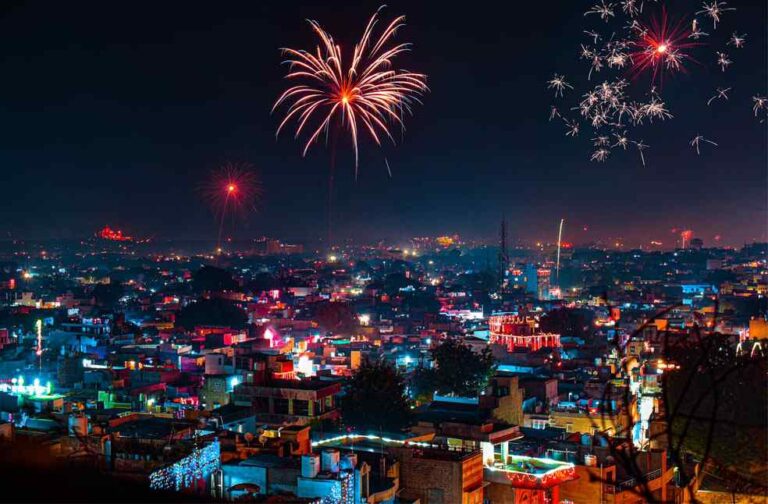New Delhi: Diwali, also known as the “Festival of Lights,” is one of India’s most significant and widely celebrated festivals, symbolizing the triumph of light over darkness and good over evil.
Typically lasting five days, Diwali falls between October and November, based on the lunar calendar. Homes, temples, and public spaces are decorated with oil lamps (diyas), candles, and vibrant rangoli designs made from coloured powders, rice, or flower petals.

Each day of Diwali holds its own importance;
Dhanteras: The first day focuses on wealth and prosperity, where people buy precious metals and new household items.
Naraka Chaturdashi (or Choti Diwali): The second day is associated with cleansing rituals, symbolizing the removal of negativity.
Lakshmi Puja (Main Diwali): On the third day, families worship Lakshmi, the goddess of wealth, and light lamps to invite prosperity into their homes.
Govardhan Puja: The fourth day celebrates the lifting of Govardhan Hill by Lord Krishna, representing the protection of people and nature.
Bhai Dooj: The fifth day honours the bond between brothers and sisters.

Fireworks, feasts, and exchanging sweets and gifts are a part of the celebrations, and it’s also a time for reconnecting with family and friends. Beyond India, Diwali is celebrated by Indian communities around the world, including in countries like Nepal, Malaysia, Singapore, and the UK, each adding its own cultural touch to the festivities.
This year, Diwali is being mainly celebrated on 31st of October, but some parts of the country will observe the festival on 1st of November.
Fireworks play a significant role in the celebrations; however, in recent years, several state governments have imposed restrictions or outright bans on their use due to the severe air pollution issues faced by northern Indian states.
There is a complete ban on sale and use of firecrackers in the capital, Delhi, during the festival while states like Haryana, Punjab and Karnataka have limited firecracker use to specific hours on Diwali evening.



